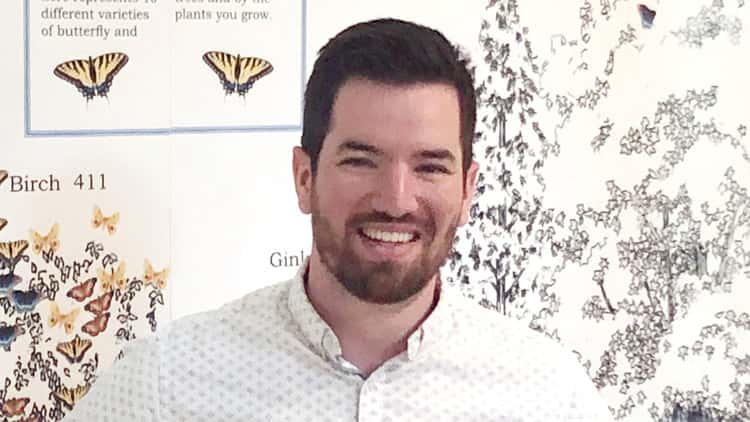
By Eli Schaffer
Children are natural scientists. The field of child psychology has made great strides in understanding how our brains develop over our first two decades alive to make sense of the world around us and how to best interact with that world in order to thrive in it. While children use smartphones at earlier and earlier ages, their natural curiosity is satisfied with online videos and scrolling text where only a generation earlier, that same curiosity was satisfied by digging, climbing, feeling, and observing the world of their backyards and neighborhood parks. Experiences in nature can provide children with essential skills such as sensory awareness, safe risk-taking, self-confidence, and respect for nature. However, learning in natural settings like school yards and town parks can improve a child’s ability to understand and retain academic topics from math and science to reading and writing.
My son just turned one and has started to walk and exercise his curiosity at a whole new speed. From investigating different types of leaves, to hearing dogs bark down the street, the world is full of new and exciting experiences. While my four-year-old niece is not as enthralled with the newness of the world anymore, she is entering a phase most people know well, the “why-phase”. In the “why-phase,” the toddler’s sense of adventure is focused into the fact-finding urgency of a growing mind.
As an early childhood educator of many years, and now as the Director of the Greenwich Audubon Center, I am well acquainted with that question, and its unique ability to repeat nearly indefinitely. Whether asked by an intrepid preschooler on the playground or a curious 5th grader hiking the Audubon trails, the question “why” represents a tremendous opportunity for those of us fortunate enough to provide answers – or as you’ll shortly read, provide guidance as youth seek answers of their own.
Our classrooms and teachers have done amazing work applying modern understandings of child development to their lessons. Parents have also taken heed and focused intensely on the progress their children make in school and on the sports field or in the dance studio. While we all want the best for the generations that follow us, we can sometimes be too quick to dismiss the benefit of our most-affordable and easily accessed teaching-aide – Nature.
Pioneering place-based nature education for over 75 years, the Greenwich Audubon Center has demonstrated first-hand that no amount of learning indoors can recreate the sense of wonder elicited by an experience of discovery outdoors. The science is settled, “outdoor learning experiences result in greater engagement and science achievement for elementary students” (Jose Rios. Outdoor Education and Science Achievement, 2014). While we have excelled at educating thousands of students and teachers in local ecology and ecosystem science, the work we do that I am the most proud of is simply connecting people to nature.
We can answer our children and students when they ask us “why,” but we can also connect them to the resources by which they can answer it themselves, and in doing so, we can foster in them the skills needed to learn and grow. In showing more than answering, we can offer them access to the greatest classroom there has ever been, the great outdoors.
Eli Schaffer is the Center Director of the Greenwich Audubon Center at 613 Riversville Rd in Greenwich. He is thrilled to be fulfilling his dream of connecting people to nature by creating a warm and welcoming community center for all those who care for our shared environment.





